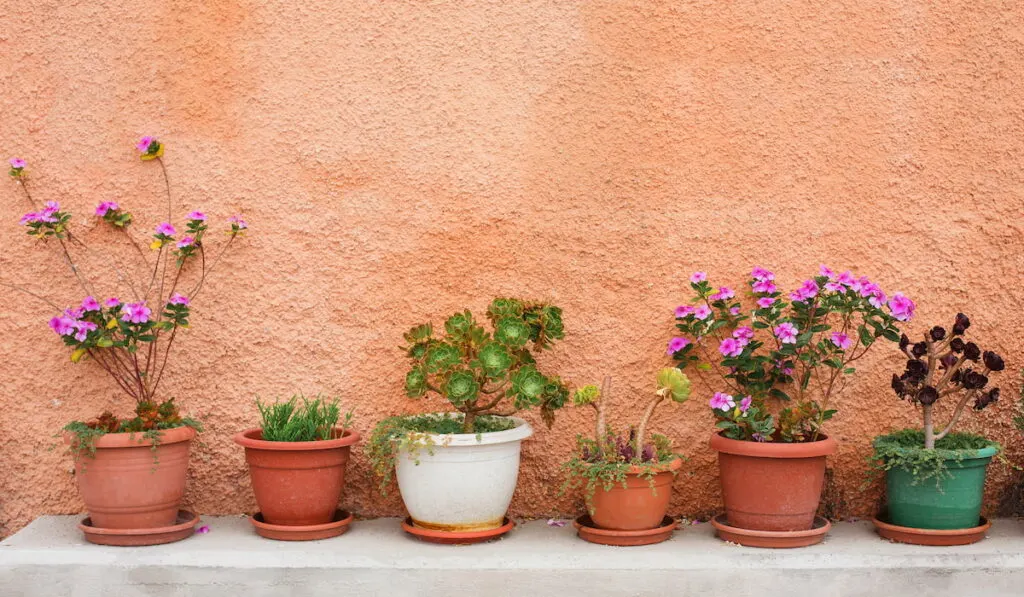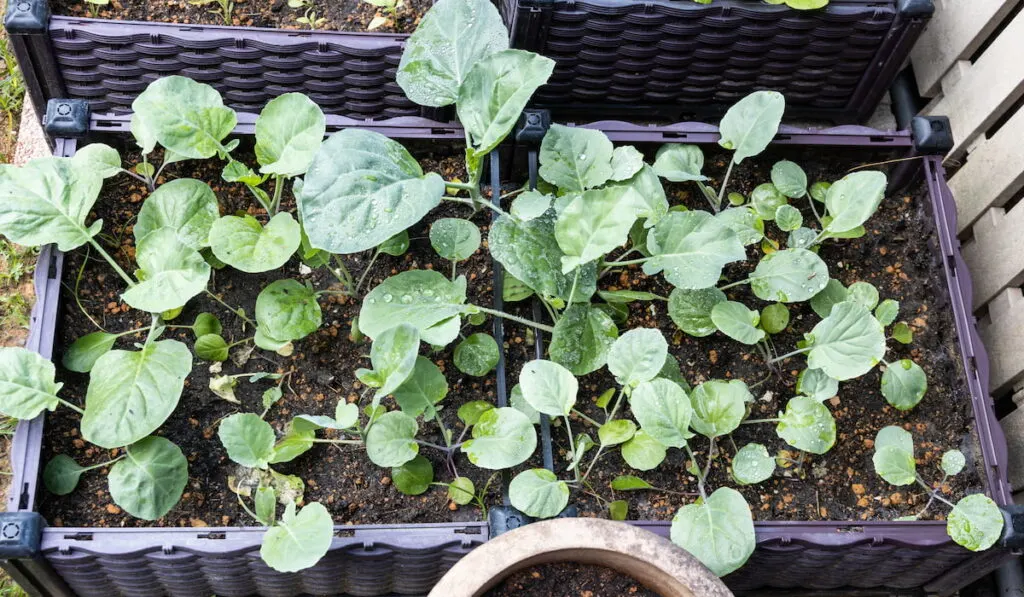Raised garden beds are becoming more and more popular these days as a way of controlling some of the most important variables in a garden. Raised beds are constructed above the ground and filled with soil and other media that best suits the plants being grown.
This elevation allows them to be placed on surfaces that otherwise would not be best suited for growing plants for any of a variety of reasons. They help keep away weeds and pests such as snails and slugs, prevent soil compaction due to human activities and improve soil drainage.
Drainage is very essential for raised bed gardens. It is essential in order to prevent root rot problems. Poor drainage makes the soil to become waterlogged. This eventually becomes a breeding ground for root fungi.

Good drainage depends on the type of media used. A well-draining medium is the most efficient. It must be light in weight to allow water to pass through easily.
A raised bed placed directly over the natural soil typically doesn’t need a whole lot of consideration for drainage. If you are building your raised bed over a solid surface, like concrete, or any other substrate that doesn’t drain well, you’ll want to take some extra steps to make sure excess water can flow out.
If you are using containers as your raised beds, ensure that they have drainage holes at the bottom or drill small holes if they don’t already exist.
Table of Contents
Raised Garden Beds Versus Planter Box Drainage
Both raised garden beds and planter boxes require good drainage for their plants. Technically these are just two different varieties of raised beds.
The big thing you are trying to avoid is your soil becoming waterlogged. If there is waterlogging, there will be chances of developing root rot and the plants will eventually die.
For planter boxes, the containers should to have holes drilled at the bottom. You will need to check to ensure that they drain water well. If drainage is slow, you can opt to drill additional holes or make the existing holes larger in order to speed up the drainage rate.

Of course, this is a double-edged sword. You don’t want the holes so large that soil escapes, but you don’t want them so small they get easily clogged. This is where lining the raised bed with a landscape fabric can help retain soil while allowing excess water to drain.
For raised garden beds, good drainage is enhanced by a mixture of soil, peat moss and perlite in a ratio of 2:1:1 to loosen the soil for easier drainage.

For both cases, if soil with poor drainage capacity is used, alternative measures are put in place to fix the drainage issue. These include using liners, digging trenches, and using soil-less media.
Soil-less media is rich in nutrients and light in weight so there is no need to worry about water retention in the soil.
Drainage Tips for Raised Garden Beds
In order to achieve good drainage, add one part of perlite and one part of peat moss to two parts of soil from your garden. Mix them thoroughly until they become even. The resulting mixture will be loose and light in weight with good drainage and aeration.
Sand can be used in the place of perlite and compost can be used in the place of peat moss.
Containers with drainage holes at the bottom can also be used to ease drainage. Holes can be drilled at the bottom for those containers that lack holes or the holes drain water slowly.
Garden beds need to have very good drainage. Any garden bed that has poor drainage will encourage soil to retain excess water that causes root rot.
Tips for Layering Soil For Good Drainage
Clay soils are the main cause of poor drainage. Their particles are compact and when wet, the soil becomes sticky thus impermeable to water. This can be rectified by mixing clay soil with sand soil that is highly porous and permeable to water.
Other serious drainage issues may arise when there is stagnant water for over a day after moderate rainfall. Possible solutions to this is to:
- Create underground drainage channels. These include a French drain that is occupied with gravel then enclosed and drainage wells to allow water flow in.
- Create ponds to collect excessive water on the ground.
- Construct rain barrels to collect rainwater that stagnates on the ground.
- Add sand soil to your garden soil and mix them thoroughly to form a light mixture and improve the drainage capacity.
Tips for Eliminating Standing Water in Your Raised Bed
Standing water in a raised garden bed is most commonly noticed after a heavy rain or vigorous watering.
Here are some steps you can take to eliminate standing water in your raised garden bed.
- Loosen your soil by adding compost and manure to it and then mix thoroughly to prevent compaction and allow water to drain.
- You can dig up the soil to break it as it may be compacted.
- De-thatch to remove heavy thatch and then dig up the soil to loosen it.
- Construct French drains under the raised garden beds to collect any run off water or water draining from the beds.

Will Lining a Raised Bed Impact Drainage?
Lining raised beds makes them long-lasting and will help to prevent any poisonous elements (if any) in the materials used to construct the garden bed from leaking to the ground.
While plastic is often used to line the sides of a raised bed, for the bottom you will want to use something like landscape fabric. Any plastics that are not porous can retain excess water and deject useful pests and insects.
If you use appropriate liners for your raised garden, they will help in drainage by retaining soil and preventing it from being washed away. The best way to facilitate this is by using materials that are permeable to water such as cloth or most weed fabrics.
Materials used for lining raised garden beds include fabric or canvas, plastics such as tarp, pool covers, or polypropylene and metals such as hardware cloth.

Drainage Tips for Planter Boxes
Planter boxes are basically raised garden beds that are elevated above ground. This does present some additional challenges as these boxes typically have a bottom to keep the soil in. This bottom often also does too good of a job keeping water inside the box.
There are, however, a few things you can do to help with drainage in your planter boxes.
- Use plastic bottles at the base of your boxes to create a larger room for plants to breathe.
- Styrofoam packing peanuts can be reused at the base of the container to provide drainage and prevent waterlogging. Use wood chips at the bottom of the container. With time, they always act as soil which helps in water drainage.
- Use landscape rocks to weigh down your containers and create drainage.
Do Planter Boxes Need Drainage Holes?
Yes. Planter boxes need very good drainage holes at the bottom of the container. Any water that stagnates will choke out the oxygen that is channeled to the roots.
To test if the planter boxes have good drainage, fill them with water and check how fast the water drains. If it drains rapidly, you are good to go. If the excess water drains slowly, drill extra holes at the bottom.
Conclusion
It does not matter what type of soil you choose for planting, the location, the plant to be grown or the type of garden design to be used. What matters a lot is its drainage capacity. For soils that are impermeable to water, add sand and compost to make them light.
For soil-less media, they have the best drainage capacity. Avoid waterlogging. Dig trenches and add drains as necessary to redirect excess water that flows out of the bed.
